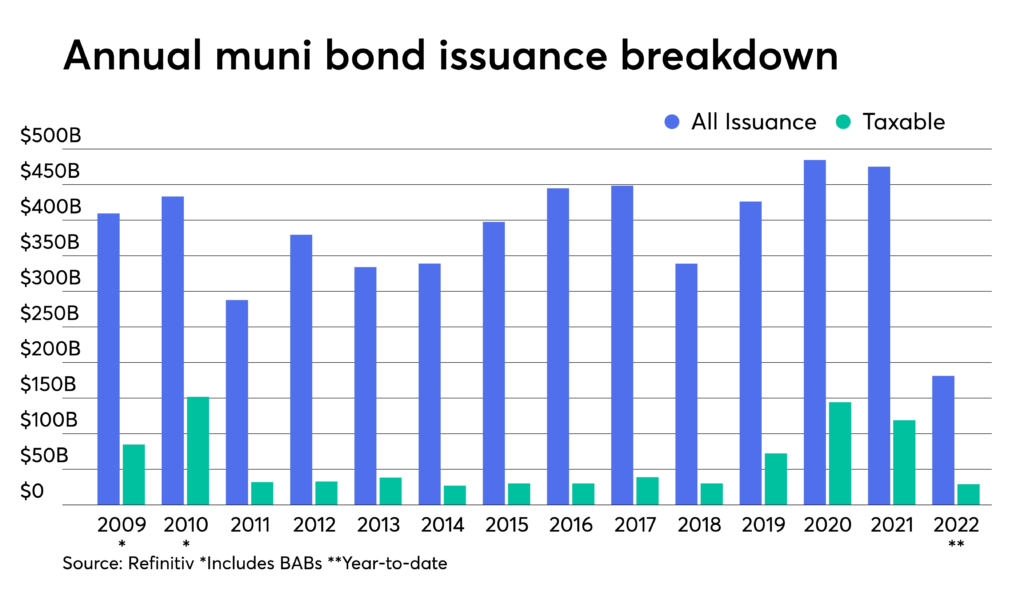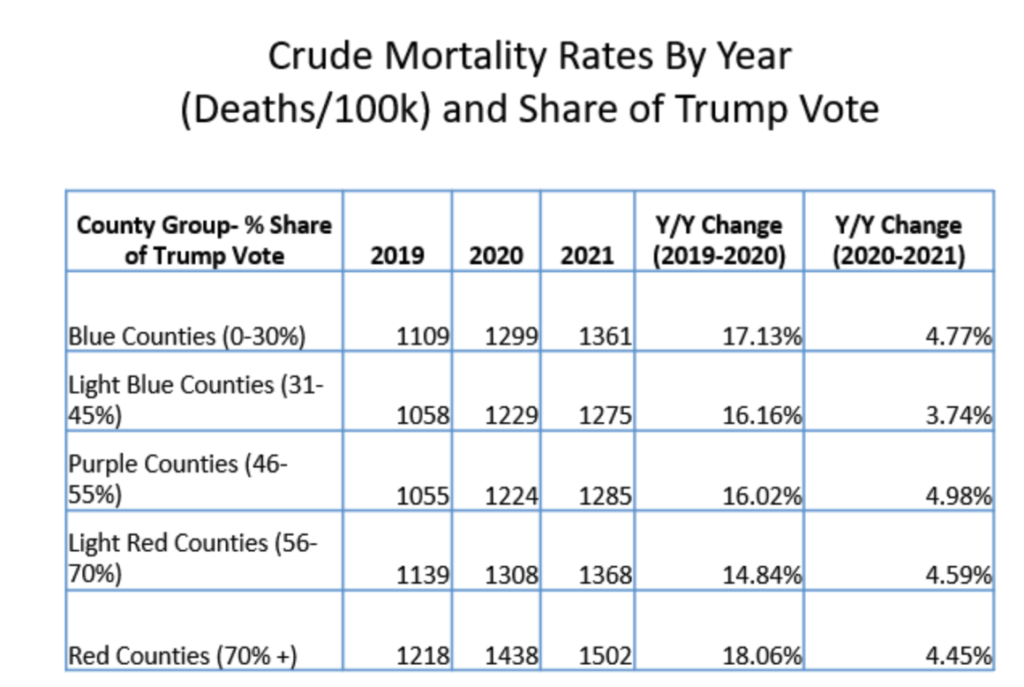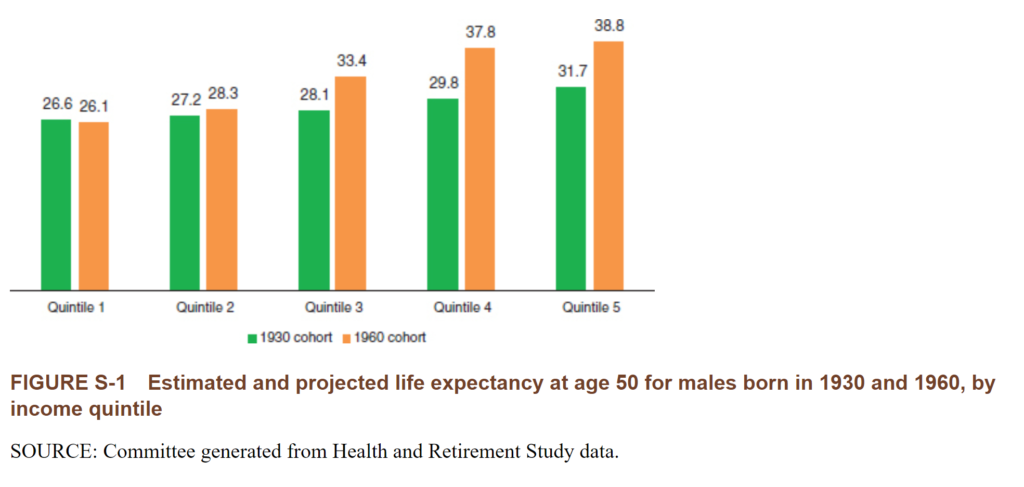Graphic:

Excerpt:
For decades, commercial airline travel has gotten progressively safer. But one cause of deaths has stubbornly persisted: pilots who intentionally crash in murder-suicides.
Preliminary evidence suggests the crash of a China Eastern Airlines Corp. jet in March may be the latest such tragedy, a person familiar with the investigation said. If confirmed, that would make it the fourth since 2013, bringing deaths in those crashes to 554.So as aircraft become more reliable and pilots grow less susceptible to errors, fatalities caused by murder-suicides are becoming an increasingly large share of the total. While intentional acts traditionally aren’t included in air-crash statistics, they would be the second-largest category of deaths worldwide if they were, according to data compiled by Bloomberg. By comparison, 1,745 people died as a result of pilot error, mechanical failures or other causes on Western-built jets from 2012 through 2021.
Author(s): Alan Levin, Bloomberg
Publication Date: 17 June 2022
Publication Site: NDTV



